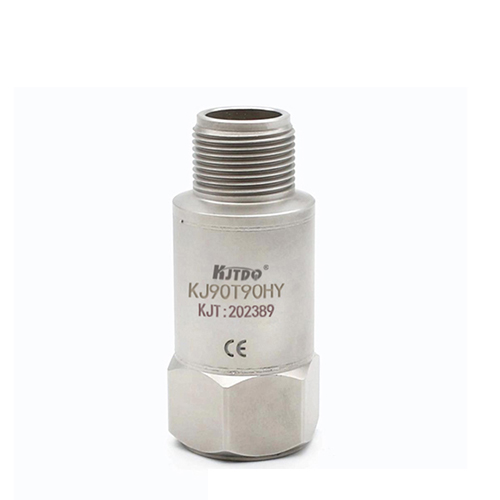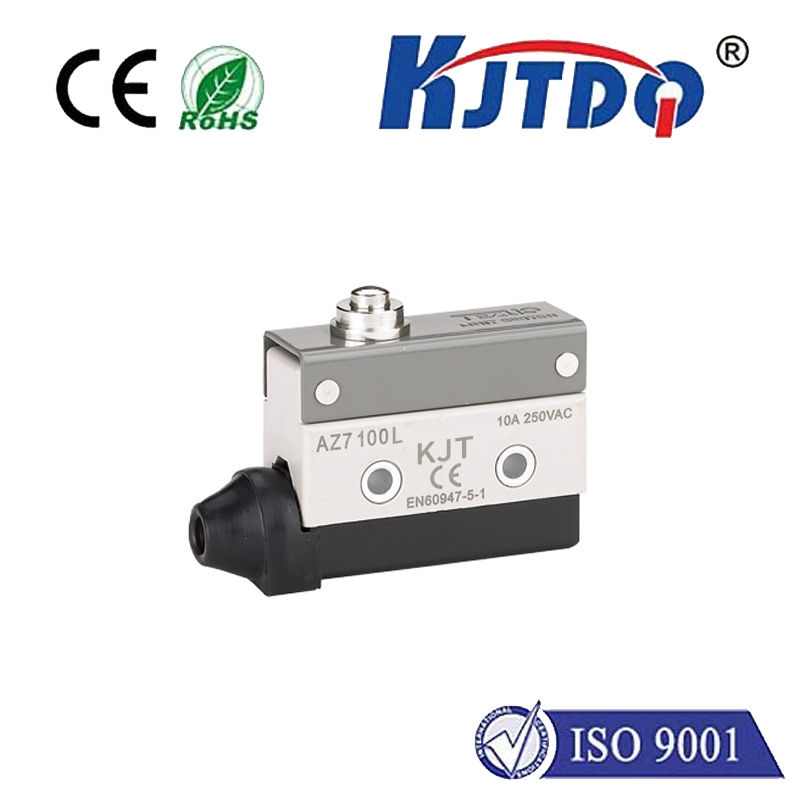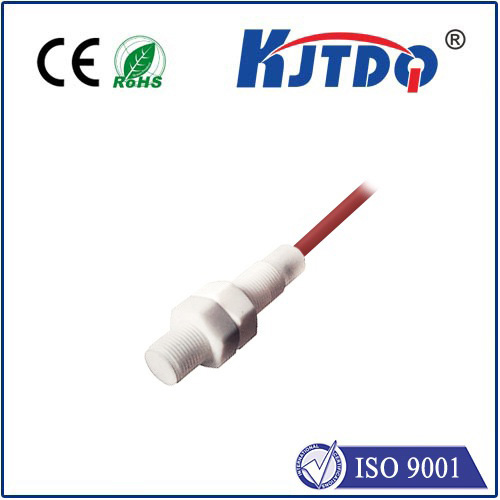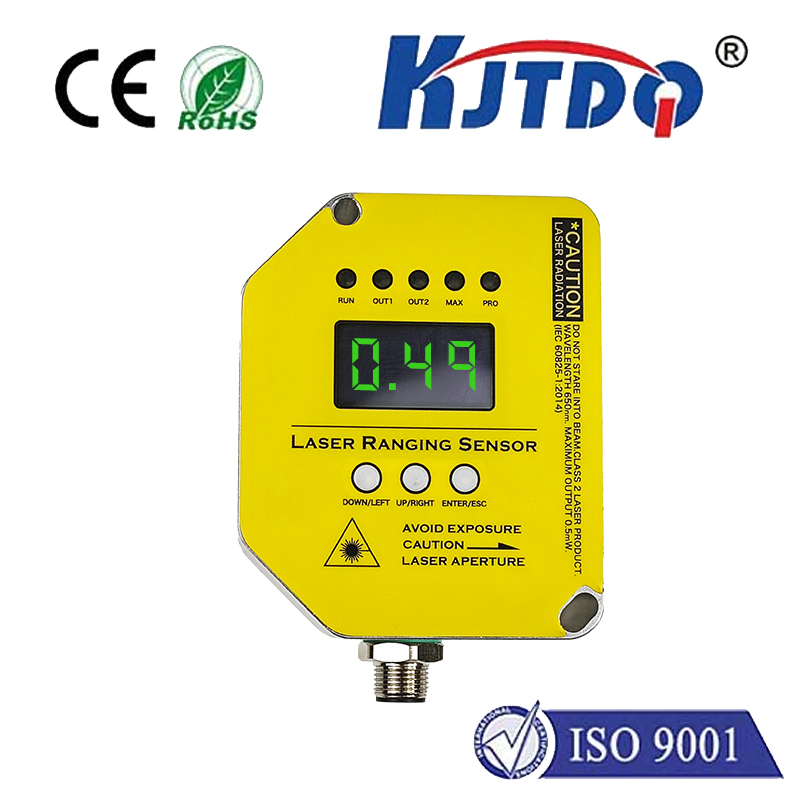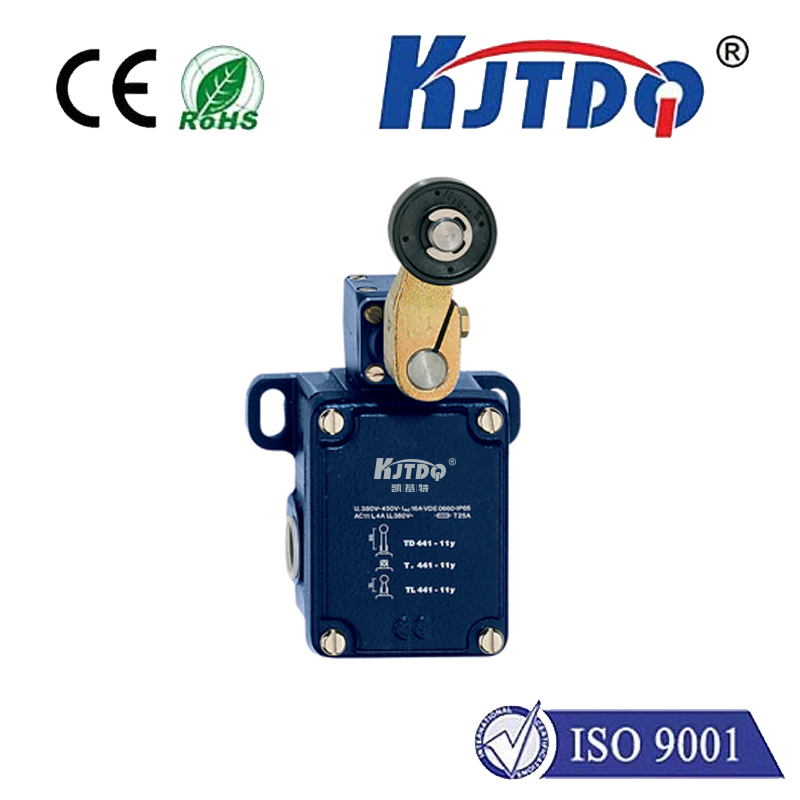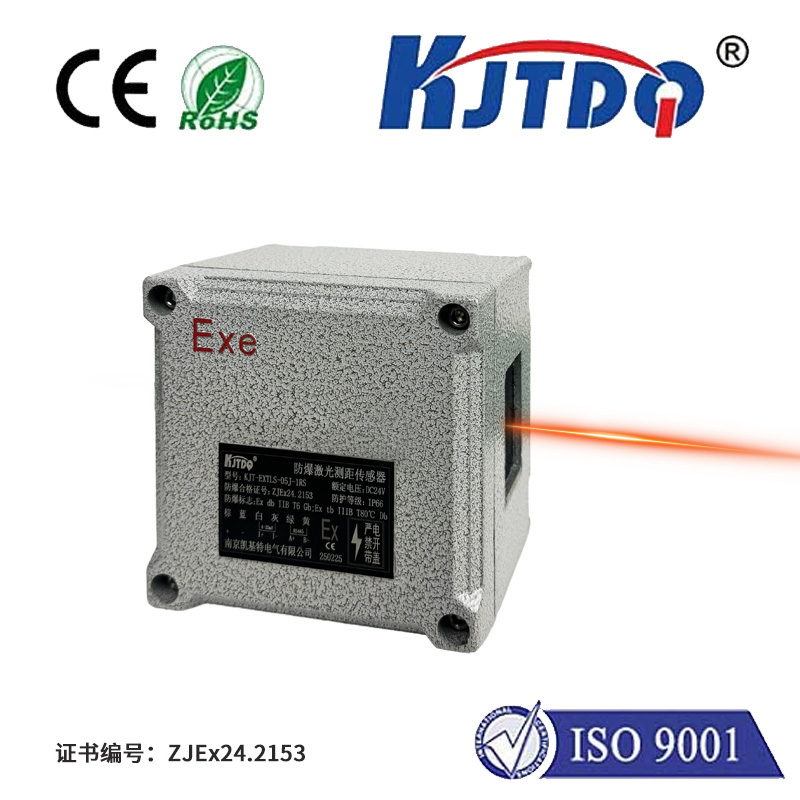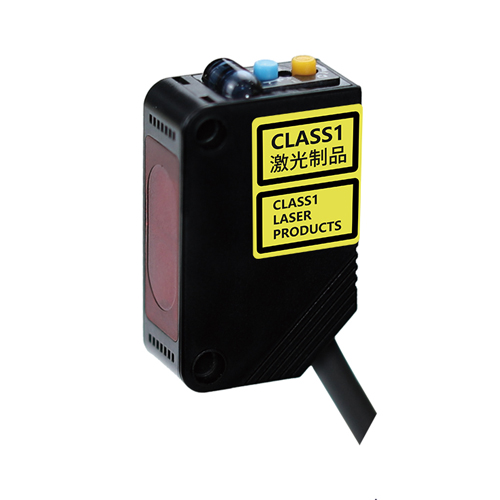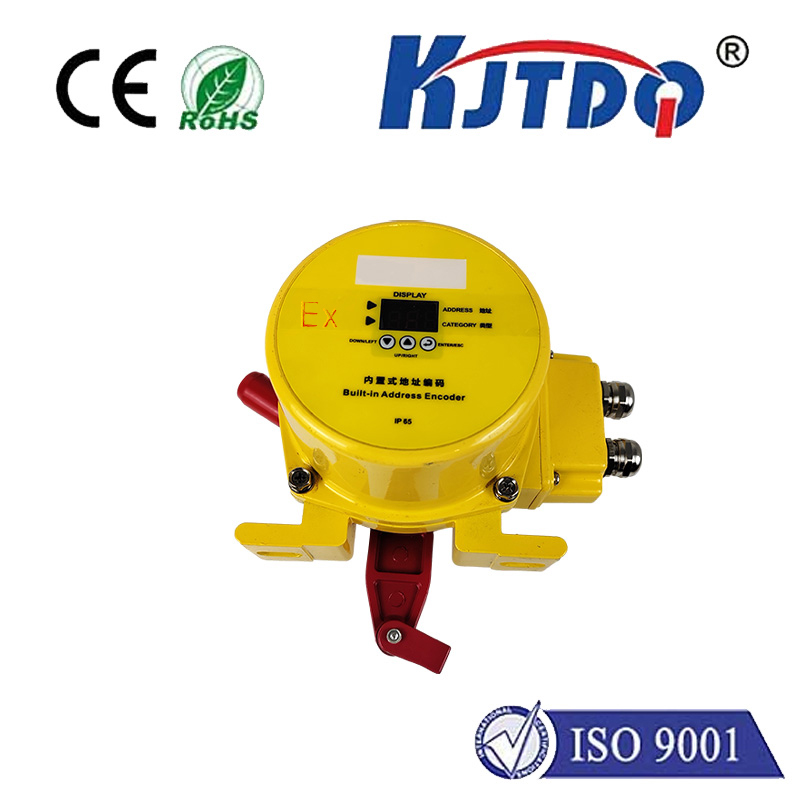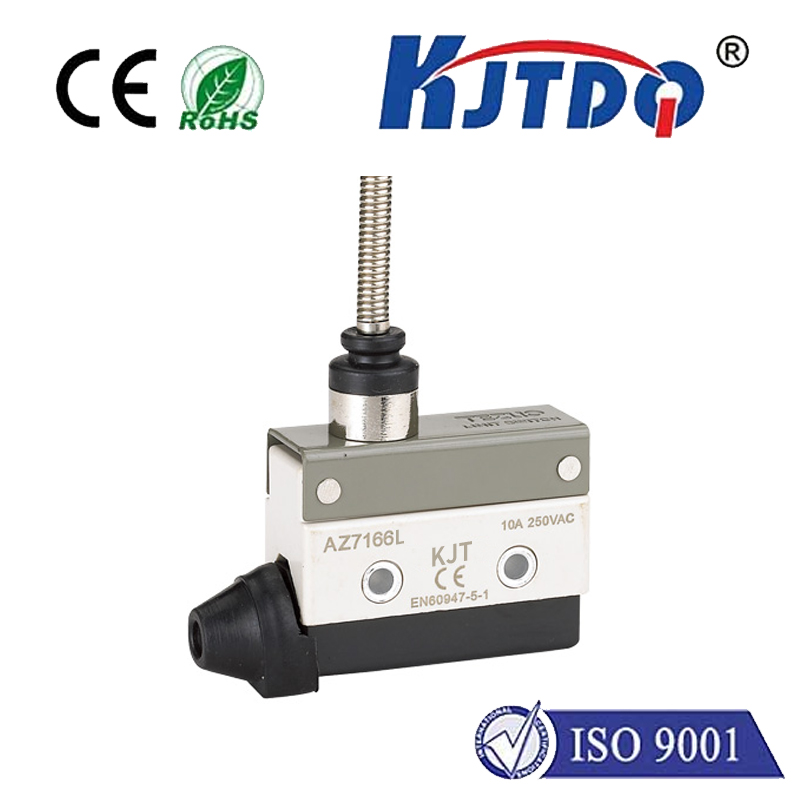

check

check

check

check

check

check

check

check

check

check
Title: The Importance of Crane Rotary Limit Switches in Industrial Automation
In the realm of industrial automation, cranes are essential machines that handle heavy loads across a variety of settings. They are integral in manufacturing plants, port facilities, and warehouses for lifting, moving, and positioning goods accurately. As critical as these machines are, their functionality is significantly enhanced by a vital component - the crane rotary limit switch.
Cranes operate with precision thanks to a complex system of controls that dictates their movement. At the heart of this control mechanism lies the crane rotary limit switch. This switch plays an indispensable role in defining the limits of crane rotation. It ensures that the machinery doesn't exceed its safe operating boundaries, preventing collisions and maintaining operational integrity.
A crane rotary limit switch is a type of sensor that communicates the crane's position to the control system. When activated, the switch triggers a response that halts the machine’s rotation at pre-determined positions. These positions are set during the installation process by technicians who consider the physical environment where the crane operates. The accuracy provided by these switches is crucial for the safety of personnel, the machinery, and the materials being handled.
The design of a crane rotary limit switch is such that it is highly reliable and durable. Manufactured using robust materials, these switches can withstand the rigorous demands of constant operation within harsh industrial environments. Their rugged construction ensures minimal maintenance requirements and longevity, making them a valuable asset in any setting where heavy equipment is used.
Moreover, the implementation of a crane rotary limit switch contributes to improved efficiency in industrial operations. By establishing consistent stopping points, processes can be streamlined, reducing operational errors and increasing productivity. The predictability afforded by the switch allows operators to plan movements more effectively, which leads to optimized workflows.
In terms of technology integration, crane rotary limit switches are often part of a larger automated system. They can be interfaced with programmable logic controllers (PLCs) and other automation hardware to create a seamless interaction between the crane and its surroundings. This compatibility enhances the potential for advanced automation strategies that rely heavily on accurate feedback mechanisms like limit switches.
As industry trends lean towards smarter, more interconnected systems, the importance of components such as the crane rotary limit switch cannot be overstated. They serve as the backbone of safety protocols and efficiency measures that drive modern industrial automation. The simplicity of their function masks the complexity of their impact, making them an unsung hero of the automated factory floor.
In conclusion, the crane rotary limit switch is a testament to the importance of precise control in industrial automation. It safeguards against accidents and downtime, optimizes operations, and integrates effortlessly into high-tech environments. By understanding and valuing this essential component, industries can maintain a high standard of safety and efficiency, ensuring that their crane operations are as effective as they are secure.
